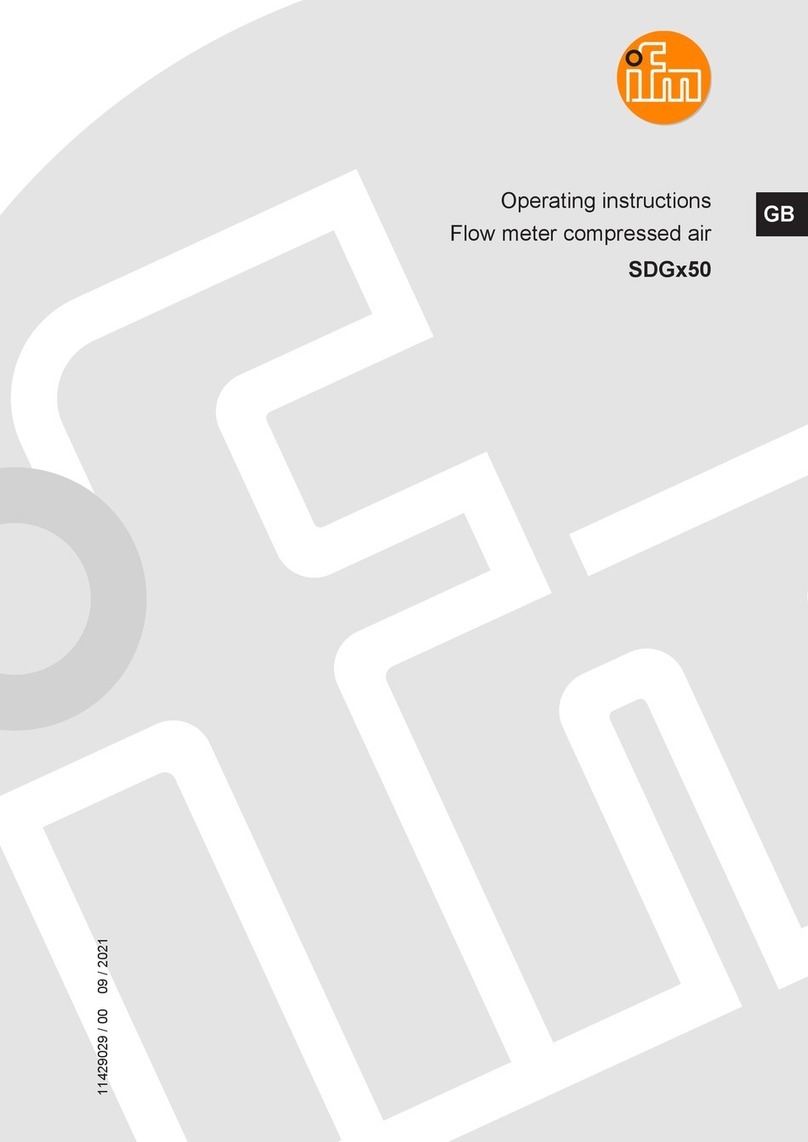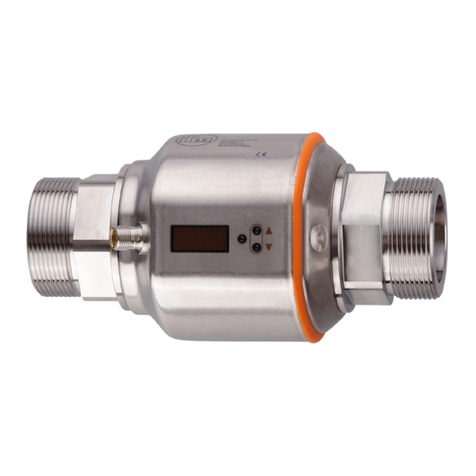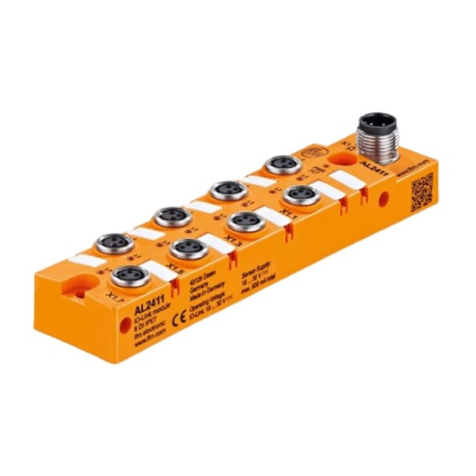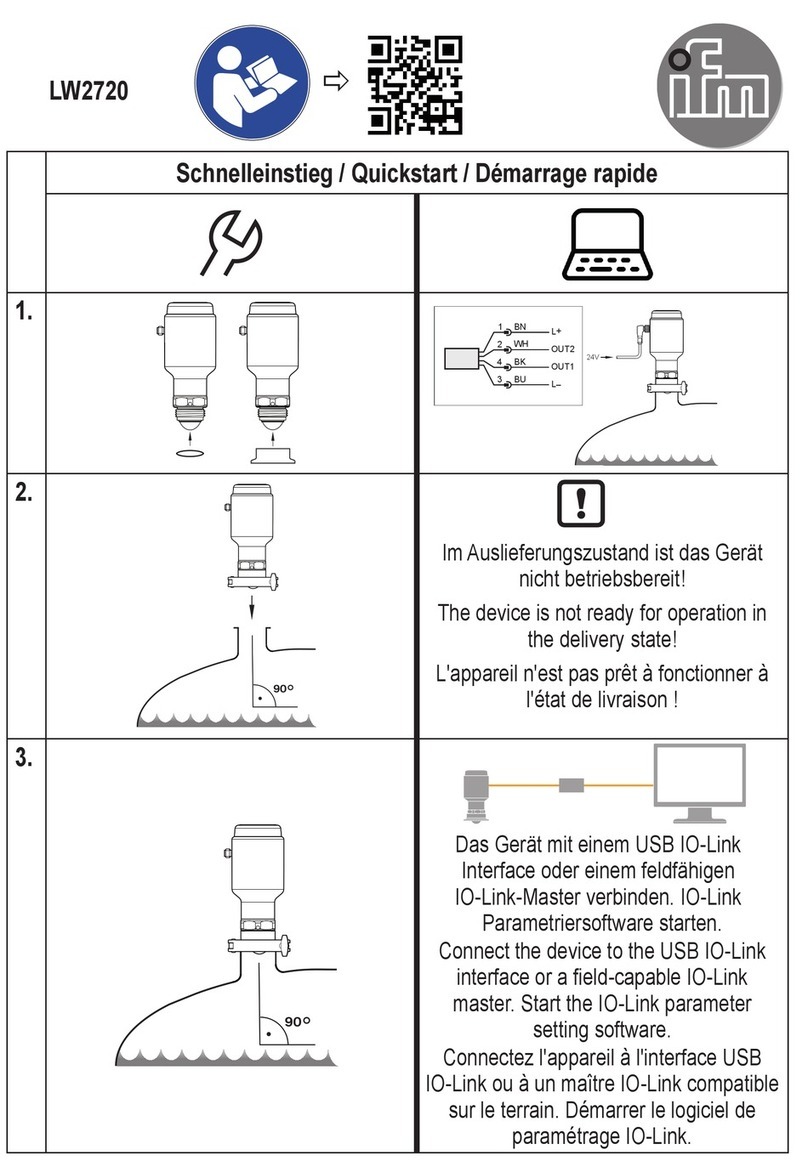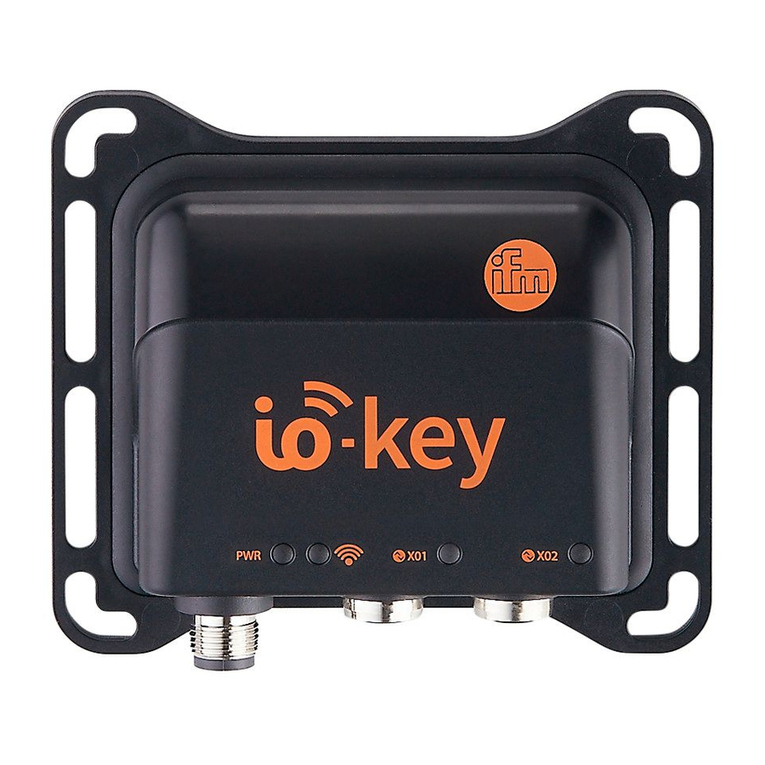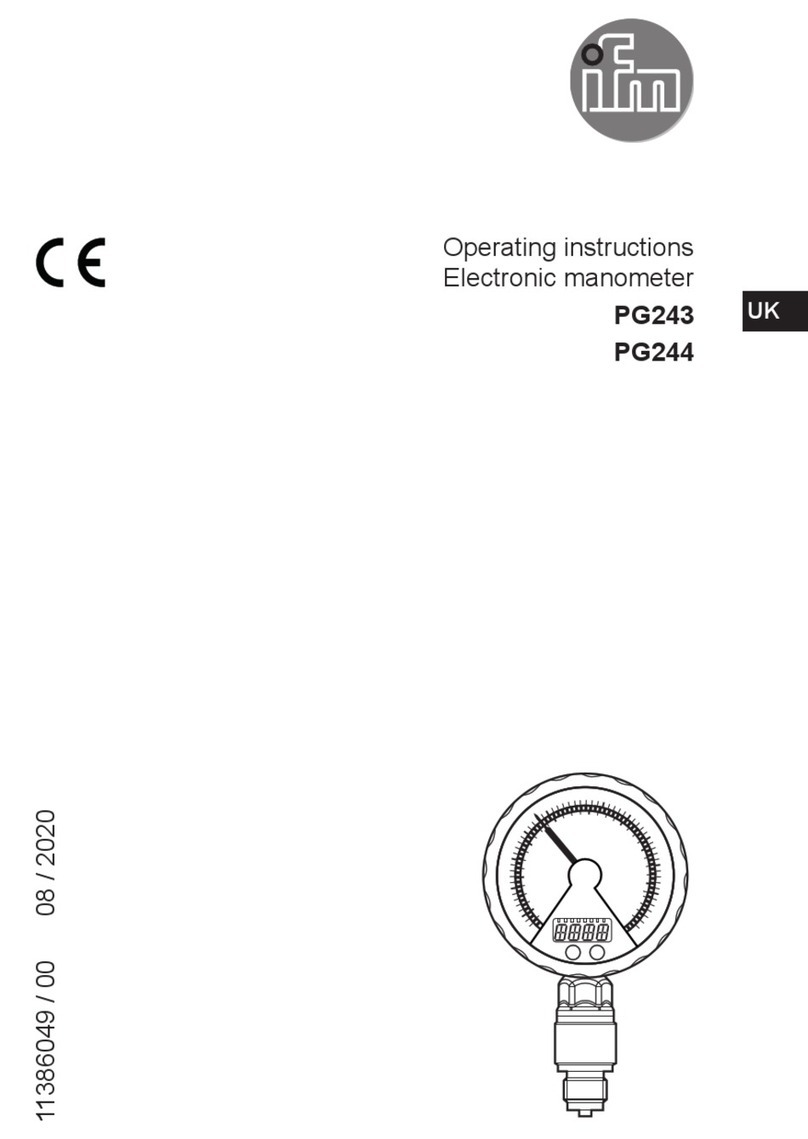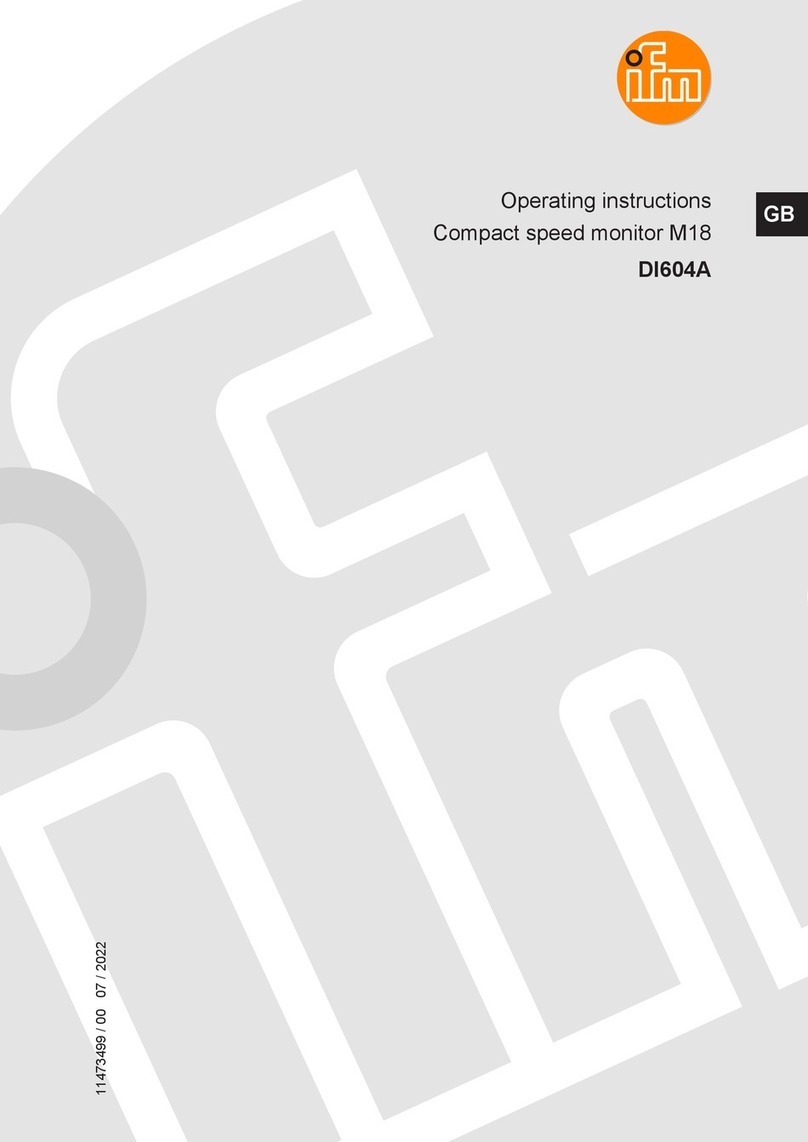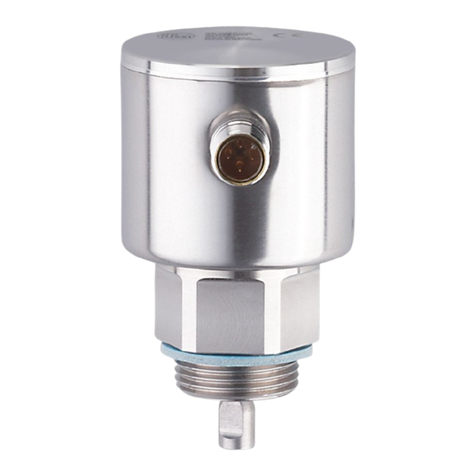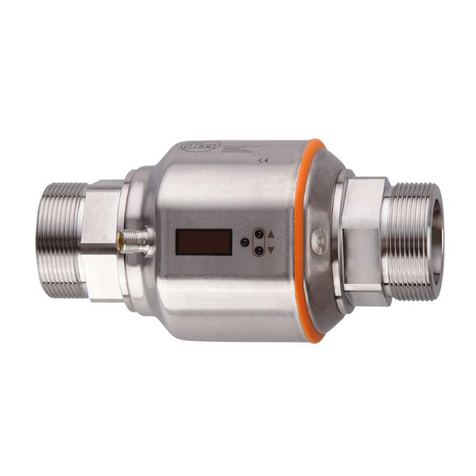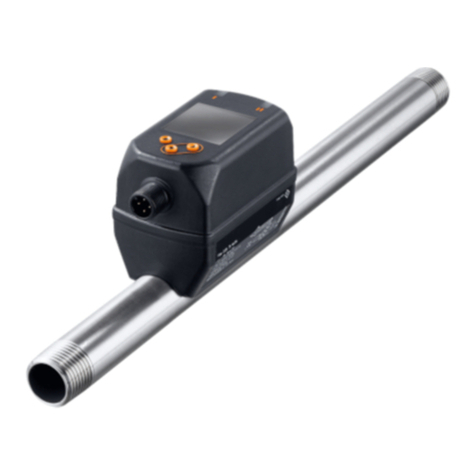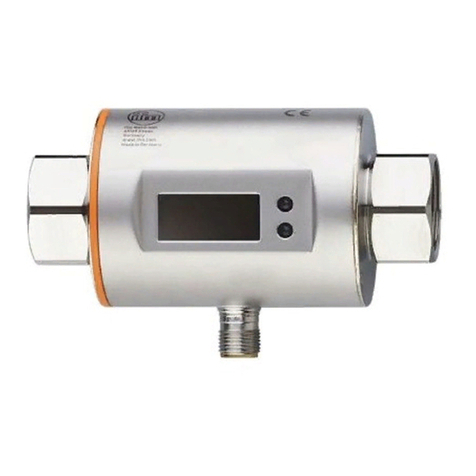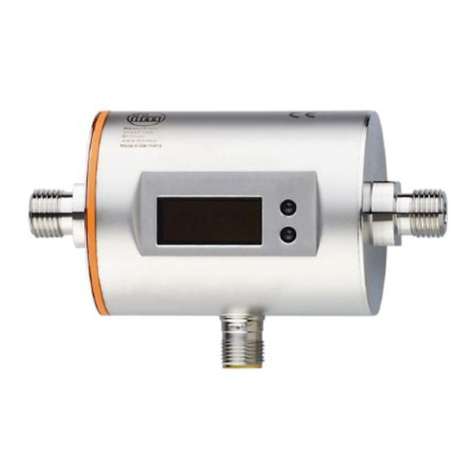
2
Contents
1 Preliminary note���������������������������������������������������������������������������������������������������4
1�1 Symbols used ������������������������������������������������������������������������������������������������4
2 Safety instructions �����������������������������������������������������������������������������������������������4
3 Items supplied������������������������������������������������������������������������������������������������������5
4 Functions and features ����������������������������������������������������������������������������������������6
4�1 Operation with coaxial probe �������������������������������������������������������������������������6
4�2 Applications ���������������������������������������������������������������������������������������������������6
4�2�1 Restriction of the application area ��������������������������������������������������������7
5 Function���������������������������������������������������������������������������������������������������������������8
5�1 Measuring principle ���������������������������������������������������������������������������������������8
5�2 Features of the unit����������������������������������������������������������������������������������������8
5�2�1 Easy set-up�������������������������������������������������������������������������������������������8
5�2�2 Display functions ����������������������������������������������������������������������������������9
5�2�3 Switching functions�������������������������������������������������������������������������������9
5�2�4 Offset for indicating the real level in the tank��������������������������������������10
5�2�5 Probes for different tank heights��������������������������������������������������������� 11
5�2�6 Safe state ������������������������������������������������������������������������������������������� 11
5�2�7 IO-Link function ����������������������������������������������������������������������������������12
5�3 Password protection against inadvertent manipulation �������������������������������12
6 Installation����������������������������������������������������������������������������������������������������������12
6�1 Installation location / environment ���������������������������������������������������������������12
6�1�1 Coaxial probe �������������������������������������������������������������������������������������13
6�2 Probe installation �����������������������������������������������������������������������������������������13
6�2�1 Attaching the probe�����������������������������������������������������������������������������13
6�2�2 Installation of the coaxial pipe ������������������������������������������������������������14
6�3 Shortening of the probe �������������������������������������������������������������������������������15
6�3�1 How to shorten the probe and to determine its length������������������������15
6�3�2 Shortening of the coaxial pipe ������������������������������������������������������������16
6�3�3 Determination of the probe length L if the coaxial probe is mounted��16
6�4 Installation of the unit with coaxial probe in the tank �����������������������������������17
6�5 Alignment of the sensor housing �����������������������������������������������������������������17
7 Electrical connection������������������������������������������������������������������������������������������18
8 Operating and display elements ������������������������������������������������������������������������19

